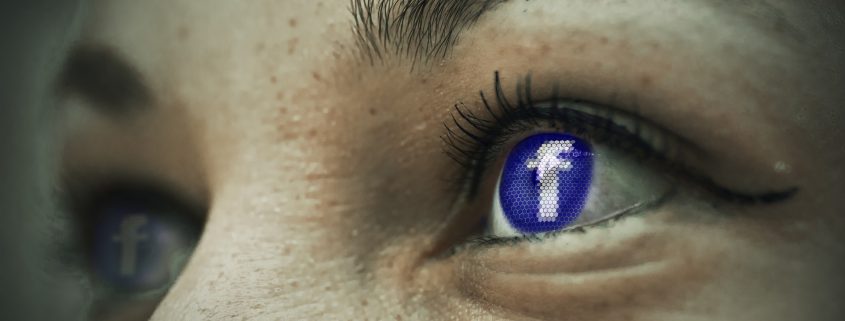BARE Shares – Six Ways To Avoid Social Media Customer Service Failure
BARE International shares an article from Forbes – Six Ways To Avoid Social Media Customer Service Failure.
‘When it comes to social customer care, 92.5% of companies are failing. That’s according to a study by Rational Interaction. Failing as in a big F! And you can’t grade customer service on a curve. It’s either good or it isn’t. It’s either stellar or mediocre, or even downright bad. Either you’re making your customer happy, or you’re not.
Rational Interaction collected data by analyzing 76 brands across retail, health care and technology industries. It tracked activity over a seven-day period, using a 10% sample size of the collected data. As I read through the report, this is what came to mind:
There are about 310 million active Twitter users. These users send out more than 500 million tweets each day. Of those users, 67% have reached out to a brand to get help or service. That’s almost 208 million people who have complained or asked for help on Twitter. 53 percent of these people (customers) expect a response within 60 minutes. Here is what blows my mind: 58% of the customers reaching out to the brands they do business with don’t get a response. (Are you kidding me?)
I recently noticed that a friend of mine complained on Twitter. I remember thinking, “This will be interesting.” Why? My friend a fellow customer service expert, Jay Baer, author of Hug Your Haters, says, “Social customer service is a spectator sport.” I remember waiting for the social conversation between my friend and the company to begin. I waited and waited. It took hours for the company to get back to my buddy.
The implications from the report – as in the failing companies – are big. 38 percent of people will have a negative perception about a brand that doesn’t respond and 60% will tweet about their negative experiences. It used to be that the average complaining customer might tell eight to 12 people about a negative experience. That was before social media. Now it’s everyone they are connected with and then others who their friends and followers are connected with and on down the line.
You may or may not be familiar with Dave Carroll. He is a musician. His guitar was damaged on a United Airlines flight. He submitted a claim to have it repaired, but United denied the claim. He pleaded with them, and when he didn’t get the response he wanted, he did what any good, creative songwriter would do. He wrote a song about the experience. He titled it United Breaks Guitars and posted it on YouTube. This was his version of Tweeting about the complaint or posting it on Facebook. The result is that more than 16 million people have viewed this complaint!
With Rational Interaction’s stats and facts in hand, how can you afford not to take a closer look at social media customer service? Here are a six ideas on how to deliver amazing service through social media:
1. If you haven’t started a social customer care program, then start. It’s not too late. As a matter of fact, based on the Rational Interaction report, you’ll practically be an early adopter.
2. If you’re wondering about which channels you should monitor, it’s not that hard to decide. Be where your customers are. Wherever your customers posting, that’s where you need to have a presence. There are programs that can monitor all mentions and posts using your brand’s name.
3. Respond quickly. Response time is huge. You can see from the statistics cited earlier in this article that customers expect a fairly quick response when they post socially. A study by Eptica showed that the average response time from brands on Twitter was seven hours and 12 minutes. (If I wanted my question answered in seven hours I would have waited seven hours to ask the question!) That said, to get an idea of how well some of the top retail brands respond (although social customer care is not limited to the retail industry), check out this article in Adweek’s SocialTimes. It has Nordstrom clocking in with a Twitter response time of 17 seconds.
4. Consider a separate “brand handle” to support your customers. For example, on Twitter, Nike’s brand handle is @Nike, but in addition, they have created another handle to manage customer service, which is @NikeSupport. Many brands do this to help separate support and complaint issues from general conversations between customers and the brand.
5. Your initial response to a complaint should be a public response. Let the world know you responded quickly and you care. Then take the conversation to a private forum, for example, Twitter’s Direct Message. Once the situation is resolved, go back to the original post and leave a comment, thanking the customer for the opportunity to fix the problem.
6. Respond to every post or comment from a customer, not just complaints. Social customer care should include discussion about general comments as well. Engage with your community at every opportunity, good and bad. More engagement is always good.‘
Did you know that BARE International’s Customer Satisfaction Toolkit includes Social Media Scanning? While direct customer feedback is a key part of our research methodology, social media scans provide a valuable piece of BARE’s 360-degree approach to measuring customer perception and satisfaction. Data extraction from social media is an extremely efficient tool for observing what consumers think about a company and its products or services, as it does not require the explicit solicitation of customer impressions.
Contact us today to find out more.



